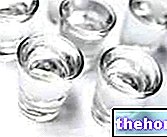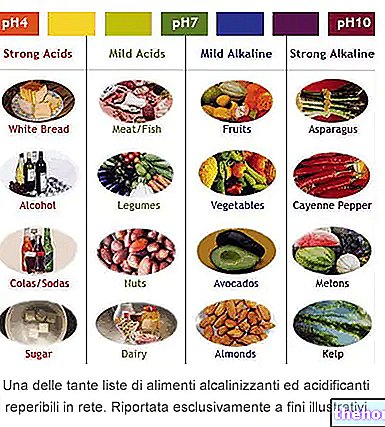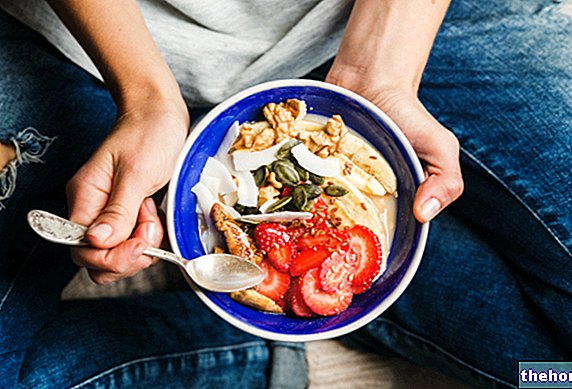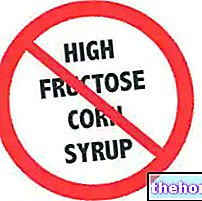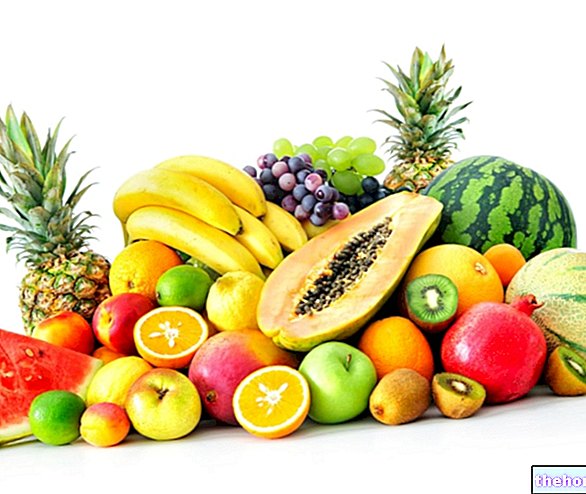
Superfoods often enjoy the name of functional foods or nutraceutical foods. Two subsets of superfoods are considered: superfruits (superfruits) and supergrains (super cereals, such as quinoa, amaranth, sesame, teff, etc.).
With the promise that they can offer a variety of health benefits, superfoods have been marketed at a higher price since their discovery than comparable but normally labeled products. In fact, the theoretical health properties of so-called superfoods are generally not supported or contested by accredited scientific studies. For this reason, the term superfood is not generally used by experts in the field, such as dieticians, dieticians and nutritionists, many of whom oppose the disclosure of this information as considered potentially misleading.
"Voedingscentrum" reported that, despite having no evidence of any effectiveness, the "health claims marketers" offer the following products more frequently:
- Ginseng root (Genus P.anax)
- Guarana (P. capuana)
- Goji berries (L. barbarum) - which have not yet proven to provide "real and greater" health benefits than other fresh fruits
- Hemp seeds (C. sativa)
- Chia seeds (S. hispanica)
- Wheatgrass or wheatgrass (T. aestivum) - usually in the form of juice or powder
- Cranberry fruits (V. macrocarpon) - which are not particularly dense in nutrients, as the title of superfood would suggest; in fact, they have only a moderate content of just three essential nutrients: vitamin C (ascorbioc acid), vitamin K and manganese. The contribution of phenolic antioxidants, on the other hand, is equal to or lower than that of other fruits such as black grapes.
- Fruit of the bread tree, which is generally consumed in the form of flour and which has high nutritional properties.
Voedingscentrum also argues: "Consumers who prefer such foods in large quantities and to the detriment of other foods have a high risk of structuring a one-sided altered diet".
They are newer products:
- Turmeric root (C. longa)
- Reishi mushroom (G. lucidum)
- Fermented papaya (fermented fruit of the C. papaya)
- Red clover leaves (T. pratense)
- Red vine leaves (V. vinifera)
- Ginger root (Z. officinale)
- Spirulina algae (A. platensis)
- Raw Green Coffee Seeds (C. arabica or C. robusta)
- Açaí berries (E. oleracea)
- Pomegranate - pomegranate fruits (P. granatum) - usually whole or in the form of juice
- Fruits of the species belonging to the genus Hippophae
- Noni fruits (M. citrifolia)
- Mangosteen seeds (G. mangostana)
- Maca or Ginseng from the Andes (L. meyenii)
- Matcha - which would be a particular type of green tea
- Yarsagumba (mushroom O. sinensis on ghost moth larvae).
While some properties can be shared - for example, the content of essential amino acids in new pseudocereals, cereals or legumes - on the other hand there is not a little misinformation. The fact that a food contains many antioxidants should not in fact suggest that somehow prevent aging or the development of neoplasms. Diet is certainly a determining factor but, studies in hand, it has not yet been shown that the foods in question can really decrease the incidence of neoplastic diseases.
- especially rich in fruit and vegetables.
According to Cancer Research UK, the term superfood is really just a marketing tool, with little scientific basis to support any health effects. Although superfoods are often marketed as a form of "prevention or cure" of serious diseases such as cancer, Cancer Research UK warns that superfoods are no substitute for a globally healthy and balanced diet.
Catherine Collins, chief dietician at St George's Hospital in London, argues that the term should be viewed as potentially misleading and dangerous.
, foods with selected additives and self-help texts on nutritional therapy.In 2004, quite freely, the term "superfruit" was coined, a designation based solely on a marketing strategy.
In 2007, in the European Union (EU), unless supported by accredited and recognized scientific research, the trade in superfoods accompanied by "Healt Claims" (indications on any beneficial / therapeutic effects on health) was prohibited.
and non-food products based on pomegranate, açaí or goji decreased by 56% (2011-2012 vs 2009-2010).
More than a dozen studies on functional foods and beverages have referred to various exotic species of superfruit which, in 2007-2008, saw the introduction of over 10,000 new products. Relatively rare fruits, originating from Oceania (noni), from China (goji, seabuckthorn / Genus Hippophae), from Southeast Asia (mangosteen) or tropical South America (açaí), unknown to American consumers, were among the first successful superfruits (from 2005 to 2010); however, their popularity declined between 2010 and 2013. In the same period, the only product to have maintained the same level of consumption was the pomegranate.
The "Tahitian Noni" company started selling noni juice in 1996 earning billions of dollars in the first 10 years. Reports have shown that pomegranate-based products - such as pomegranate juice and pomegranate juice - grew by nearly 400% over the 2005-2007 period, surpassing the previous 6 years. Similarly, sales of "XanGo", a multiple fruit juice also containing mangosteen, grew from $ 40 million in 2002 to $ 200 million in 2005.
In 2005, as many as five thousand new products were introduced in the category of berries alone. The superfruit group made it into the "top 10" of global trends for 2008. However, in 2013, the growth of the sector slowed, with a decreasing number of new products. From 2011 to 2015, the number of food or beverage products containing the words "superfood", "superfruit" or "supergrain" is however doubled.

